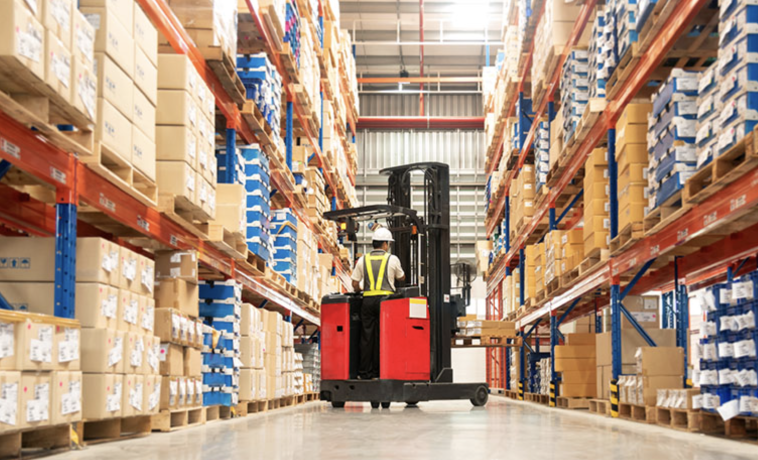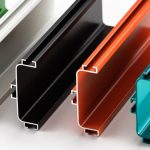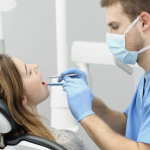Temperature mapping is a growing trend allowing various industries to manage their storage, shipping, and manufacturing environments. Many sectors are training their employees with a temperature mapping protocol to prevent products and components from losing their efficacy and becoming unusable or dangerous due to unacceptable conditions.
What is temperature mapping?
Temperature mapping refers to installing data logging sensors across a confined space like a room or a unit. For instance, hospitals have fridges and freezers that store sensitive components like tissue, organs, blood, or vaccines. These fridges use temperature mapping to monitor and analyze temperature data with the help of temperature tools and practices.
Temperature mapping occurs by placing temperature sensors strategically in predetermined locations. This placement often happens in a grid format. With temperature mapping, the user gets to identify cold and hot spots.
Why is temperature mapping important?
Temperature mapping is a crucial process for units that store goods sensitive to time and temperature. It is also vital to keep up the integrity of most manufactured goods to comply with the regulations of the food and pharmaceutical industries. These industries must follow a temperature mapping protocol to maintain the standard environment for their goods, workers, and the overall security of their entire system. Take, for example, the cold chain supply process, especially with the vaccines. This provided a great opportunity for logistics companies to do an extremely important job—to manage the efficacy of the vaccines that were distributed globally.
Industries like pharmaceuticals, food, and beverages must keep up with minimum compliance laid under the Good Distribution Practice guidelines for storage, production, and transportation. Temperature mapping is among the highest priority of manufacturers who want to save on inventory waste and prevent spoilage risks.
Temperature mapping is a comprehensive process carried out consistently by prominent brands from the food and pharma sectors. Good temperature mapping helps these brands build an effective and safe environment that promises them better performance and fewer losses.
When is temperature mapping required?
Temperature mapping stands to be a critical requirement in the following situations:
External conditions
Storage areas cannot stay away from the influence of the temperature outside a building. In extremely hot or cold temperatures, temperature mapping is essential on a constant level to ensure adequate environmental conditions inside the base area.
Installation of new equipment
As per the World Health Organization, the installation of essential equipment must involve a fully documented verification process. This process requires mapping all-new temperature storage areas before commissioning the project to the installer. Temperature mapping is a standard qualification process that the user must perform to comply with the formal regulations.
Repairing equipment
Equipment repairs are common in dynamic workspaces like storage units and manufacturing factories. After the rehabilitation and restoration of every unit, the user needs to remap the temperature around it. This is where remapping ensures that the unit’s proficiency matches the user’s expectations and requirements.
Equipment reallocation
When a unit reallocation occurs, there are high chances for its performance to face significant impacts. Temperature mapping is a preventative measure for requalifying the unit and restoring its performance capacity.
Periodic tests
Continuous remapping on an annual or periodic basis is a common approach for sterilization instruments and autoclaves. This process extends to storage areas like warehouses or walk-ins for several years. With a higher frequency of temperature mapping tests on a periodic schedule, the chances of equipment malfunctioning go down.
Some basic temperature mapping protocols
At the initial level, it is essential to determine the duration of temperature mapping. The type of equipment subject to temperature mapping decides this duration. Many sites come with a preexisting validation plan or standardized procedure concerning the mapping durations. For example, the mapping duration for freezers and incubators is 24-72 hours, while that of a warehouse is usually seven days.
After deciding the duration, another basic temperature mapping protocol is to finalize the type of test to run. The user must select from tests like door open, power-off, and empty and loaded temperature duration tests. One can add many more tests to the list as per the need of the process or the product. For example, risk assessment is the ideal period to determine these tests in temperature-controlled units like refrigerators.
Additional temperature mapping protocols
Temperature mapping can be a widespread process involving numerous instruments. For the process to be successful and accurate, here are the following points that must be kept in mind:
- It is crucial to check the accuracy of the temperature monitoring and temperature control devices.
- There must be a clear demonstration of the air temperature profile of the concerned area in both empty and loaded scenarios.
- There must be a clear distinction and definition between zones that fulfill the storage purpose and those that do not.
- Whenever the humidity or temperature readings during the process demonstrate unexplainable variability that crosses normal operating limits, there must be a planned remapping of the area.
- Before initiating the temperature mapping process, storage temperatures must be specified across the different zones and equipment.
What are the main stages of temperature mapping?
Temperature mapping is an elaborate process that is essential for ensuring the efficiency and efficacy of space and the components stored within it. Therefore, a responsible and careful outlook on the process is necessary.
For beginners in the field of temperature mapping, the following stages will act as a roadmap to help with successful mapping:
Stage 1 – Preparation of a temperature mapping protocol
Stage 2 – Carrying out the mapping exercises
Stage 3 – Preparing a detailed map report
Stage 4 – Analyzing the report to give recommendations and remedies
Stage 5 – Sketching a future plan for follow-up mapping after remedial actions
Temperature mapping is an intelligent way to keep risks at bay and invite better work output from available resources. Temperature mapping might seem a budget-consuming procedure to the newcomers in the field. However, it is one of the most profitable investments in ensuring the wellness and productivity of an environment along with the machine installations, workforce, and products.




